"Seasonal, scented, freshly harvested Irish cut flowers and foliage, grown with love and arranged with flair.”
This is the manifesto of the newly formed Flower Farmers of Ireland Association, which has been established as an all-Ireland support and advice group for commercial cut-flower and foliage growers, as well as to promote locally grown blooms as a sustainable alternative to imports.
The association currently has 22 members, and Irish Country Living spoke with Brigid Riley and Ruth Fortune to find out just how they blossomed as flower farmers.
Brigid Riley
Fernwood Flowers, Oldcastle, Co Meath
As a floral designer in the United States, Brigid Riley’s work took her everywhere from five-star celebrity bashes to the White House.
Today, however, she is happiest pottering in her cutting garden at her farmhouse in Oldcastle, Co Meath, where she runs Fernwood Flowers.
“I’m really looking forward to July when the garden is in full swing,” says Brigid, who returned to Ireland in 2015 with her husband Kyle and two children, Eoin and Aisling.
“I’ll have sunflowers, dahlia, cosmos, zinnia, a whole rainbow of sweet peas, nigella, scabious, bachelor’s button, ammi, stock, antirrhinum, amaranthus, chrysanthemum, as well as perennials such as lupin, hydrangea and garden roses.”
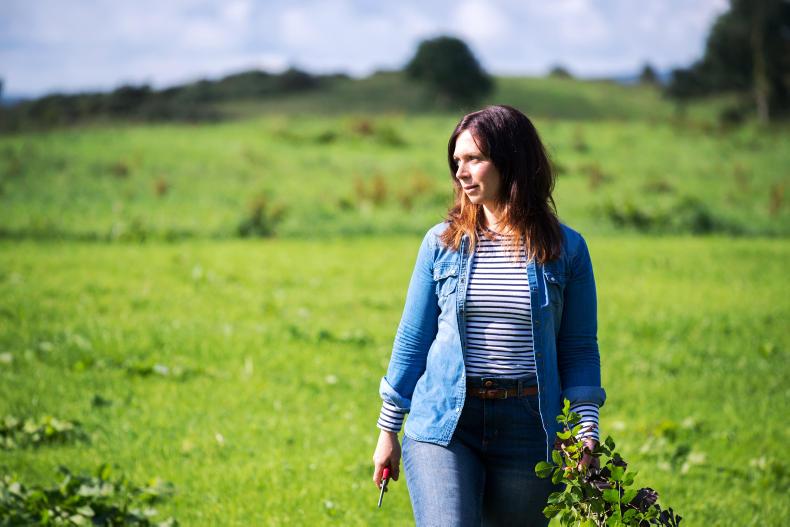
Brigid Riley of Fernwood.ie at her home outside Oldcastle, Co Meath. \ Barry Cronin
Brigid jokes that she has followed “a very meandering path” to where she is now.
Born in New York, her parents moved back to Daingean, Co Offaly, when she was a baby, but after her Leaving Cert, she returned to the States to study fashion.
“I thought, I have an American passport – where else to study fashion but New York city?,” she recalls, though quickly discovered it was “nothing like I thought it was going to be”.
“It wasn’t for me at all,” she says definitively, but after completing her degree, she began working in costume and set design for theatres along the east coast, which in turn opened up an opportunity to join an events company.
“And it just happened that that event company was a floral design company,” explains Brigid, who was hired to run the art department, but soon discovered her real passion was working with flowers.
“That’s when I discovered: ‘Wow, I love this. This is really what I want to do,’” she says of her Eureka moment.
Sports stars and the secret service
During this period of her career, Brigid worked on the flowers for a number of high-profile events, from basketball star Michael Jordan’s 40th birthday (“probably $50,000 worth of flowers”) to dinners at the White House and for the Republican Governors’ Association with President George W Bush in attendance.
That always added another layer of stress to an already huge event because you had all the secret service checks. It was an incredible experience and what a way to learn the trade.
In 2008, Brigid and Kyle, an actor and singer-songwriter, moved to London, though she would still fly back and forth to the States when required. After starting their family, however, they both felt the draw back to Ireland.
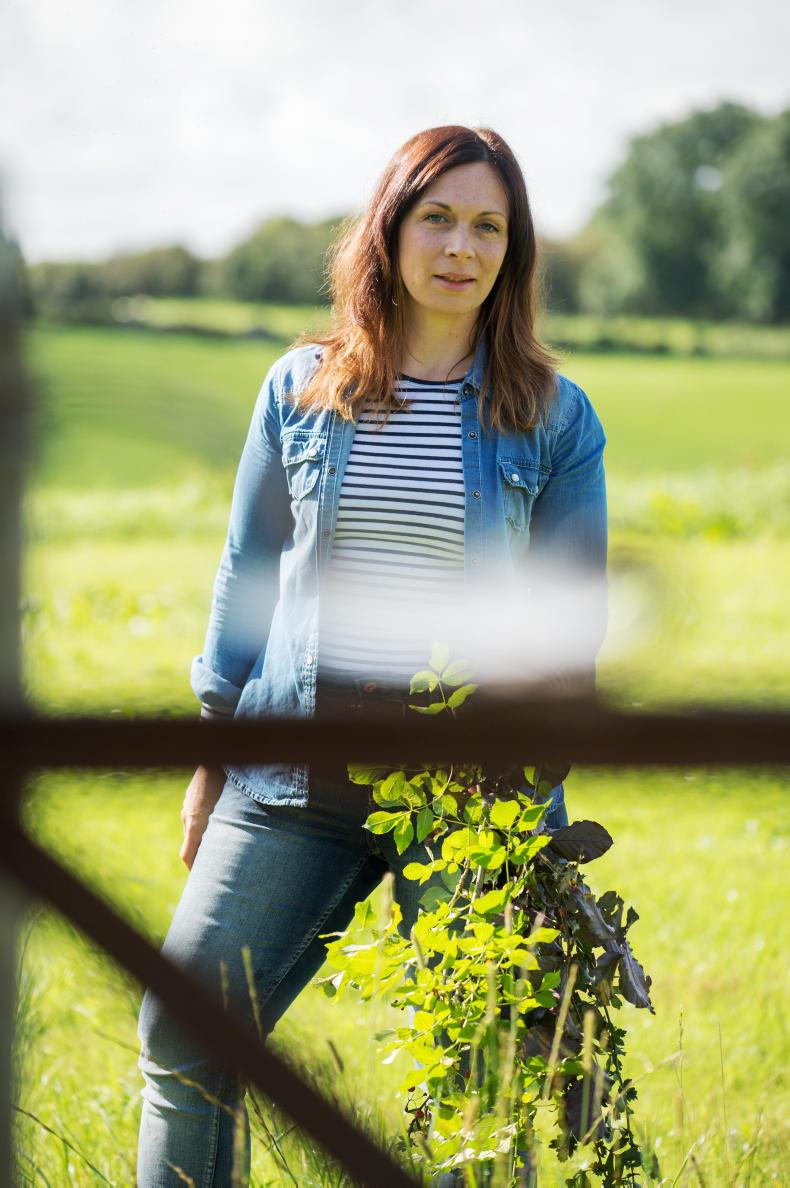
“My son was almost four and we realised we have to look at schools and do we really want to raise our children in the city? London is amazing, but we’re both from rural areas and we said: ‘We can’t picture having a teenager in London,’” she says.
Brigid and Kyle began house-hunting, and came across a farmhouse set on approximately an acre, not far from Oldcastle.
While rural, there were a lot of wedding venues in the vicinity, which made perfect sense for Brigid to set up her own floral design studio, Fernwood Flowers, in what was the former co-op office in the town.
However, the move also gave her the opportunity to grow her own flowers, having noticed a shift in the industry towards less structure and more organic arrangements.
“The Renaissance kind of style,” she explains, “and to get those kind of flowers, you have to grow them yourself, because the flowers that come in from the wholesalers are all uniform and straight stems – and they don’t do the kind of imperfect twists and turns that the flowers from the garden do, and that really forms the basis of the style I like to work in.”
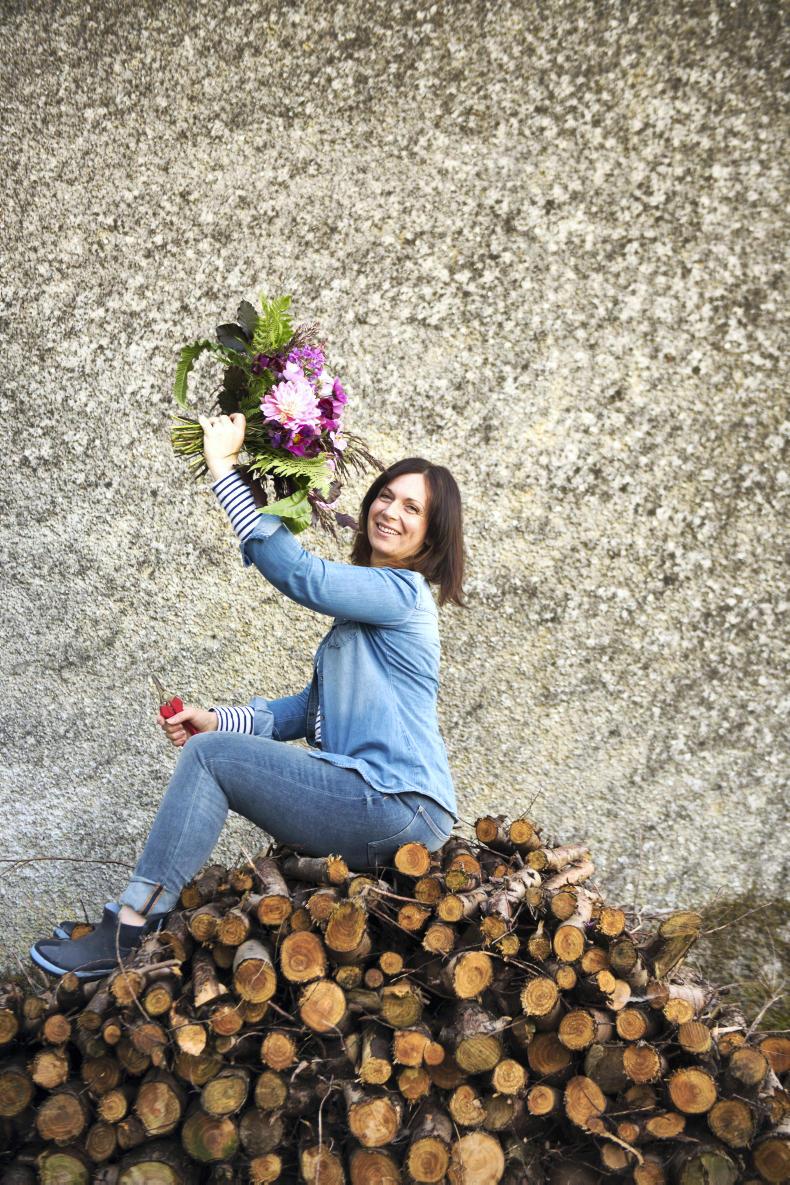
Starting last year, it has been a steep learning curve to figure out what would grow best in the clay-type soil, as well as dealing with everything from slugs to wind damage.
But after “a dreadful winter” that delayed the spring flowers by at least one month, she was rewarded by a “glut of narcissus, hyacinth, tulip, anemone and ranunculus”.
She is now looking forward to a bountiful summer, especially after investing in a polytunnel to encourage the warmer weathered blooms, like zinnia.
Growing Irish
And while she still has to supplement with flowers from the wholesale market to meet demand from brides, her long-term goal is to reduce the reliance on imported blooms.
To further this goal, Brigid has joined the Flower Farmers of Ireland, which she has found a huge source of support.
If you have advice from somebody on what not to do, then that’s one less mistake.
"Otherwise, you can spend your whole life trying to figure out the right way, because you only have one shot a year at growing these flowers."
As well as weddings, Brigid – who completed the ACORNS programme for rural female entrepreneurs – runs seasonal workshops, such as flower crown hen parties, and has started selling bunches of her own flowers locally and at Loughcrew Gardens Café.
As for advice for anybody who wishes to start growing more of their own blooms, she says try not to “bite off more than you can chew. Start with one bed and the next season, build to two or three beds, rather than trying to do it all at once!”
www.fernwood.ie
Ruth Fortune Flowers
Glandore, West Cork
They say that mighty oaks from little acorns grow, and in Ruth Fortune’s case, that meant starting her flower farm with just two 25kg bags of spring bulbs.
Raised on a dairy farm in Glandore, west Cork, Ruth originally followed a very different path as an architect, until the recession forced a change of direction.
“I left my job in Dublin to go and do a master’s in architecture in Wales and then when I came back to Ireland after the master’s, it was 2008, and everything had kind of gone belly up,” says Ruth, who went into an administration job as part of a community employment scheme while figuring out her next move.
Starting a flower farm, however, was not so much a lightbulb moment as a slow-dawning realisation, having worked on organic farms as a Woofer while travelling after college.

Flower farmer Ruth Fortune.
Moving home to west Cork in 2013, Ruth planted her first bulbs – ornamental daffodils and freesias – in her back garden to sell at the Skibbereen farmers’ market the following spring, with the support of the back-to-work allowance while she found her feet.
I didn’t have horticulture training, so I was able to start small and still sell anything I had, but I was able to build it up gradually.
As Ruth’s confidence grew, so did her ambition, moving up to the family farm where she erected a polytunnel and fenced off a plot of land where the family’s cows once grazed.
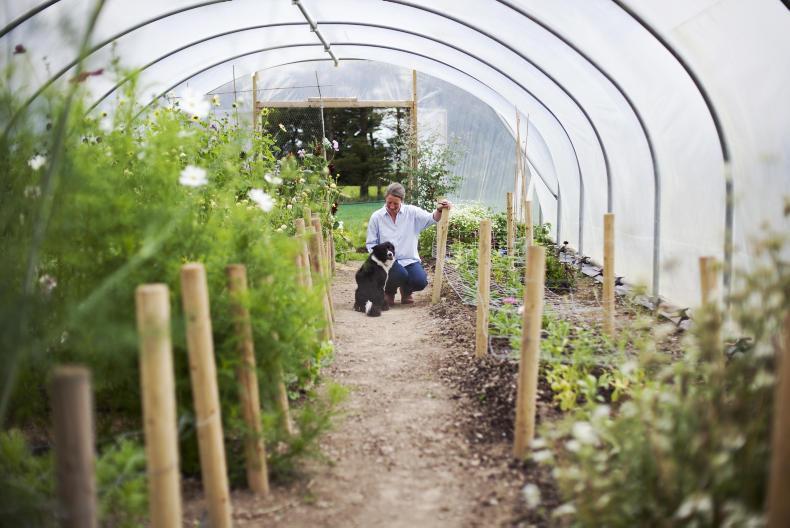
Today, she produces natural seasonal flowers, foliage and decorative herbs to sell at the market every Saturday from mid-March to early-October, as well as supplying shops and restaurants, offering a weekly flower subscription service and providing wedding blooms and flowers for special occasions, having attended workshops with Hanako Floral Studio in west Cork.
Off-season, she supplies craft fairs and Christmas markets with natural arrangements, such as wreathes made from foraged willow, while she also puts aside seed heads and dried flowers in summer for the quieter months.
While it sounds idyllic, however, there are many challenges, from unpredictable weather conditions to the physicality of the work.
“I really love it, but your body tells you: ‘You have to stop.’ You can’t keep going full pelt every day of the week because your back would tell you,” explains Ruth, who relies on natural methods, such as feeding her flowers with comfrey and nettle tea.
I often say I’m really glad I like doing this so much because it’s hard.
"I suppose that goes with any kind of self-employment. You should really be into it, because you have to be self-motivated. Nobody else will tell you to do the work.”
Joining the Flower Farmers of Ireland, however, means that Ruth can now avail of advice and moral support from her fellow members, but longer term, she hopes that by coming together, they will raise awareness of the importance of buying locally grown flowers.
“With food, people are well aware now of buying Irish and knowing where the grower comes from and a more direct connection, but I don’t think it enters people’s heads with flowers yet,” she says. “So it’s just to open up that whole story really.”
www.ruthfortuneflowers.com
www.flowerfarmersofireland.ie
Maura Sheehy's top tips on cutting and conditioning wildflowers
The cutting garden: Bringing the outdoors indoors with Maura Sheehy




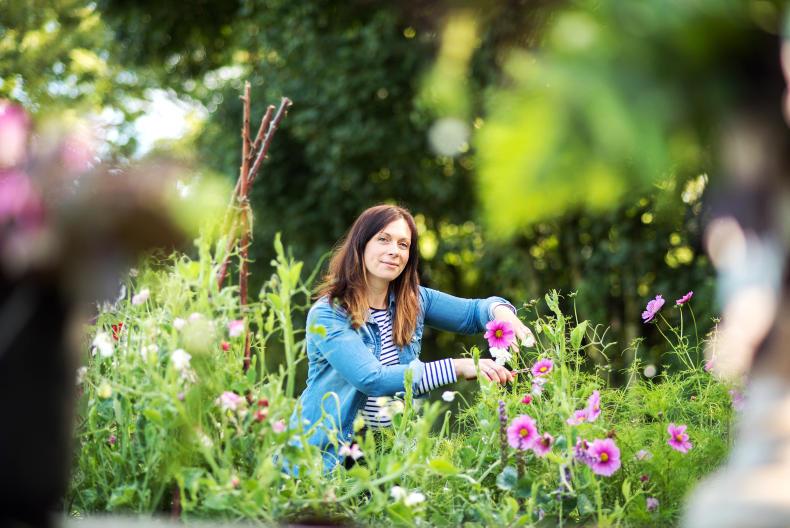


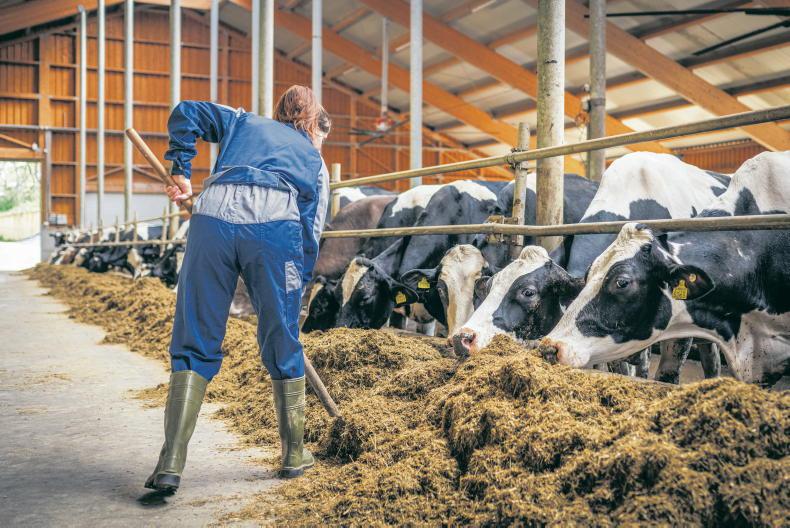
SHARING OPTIONS